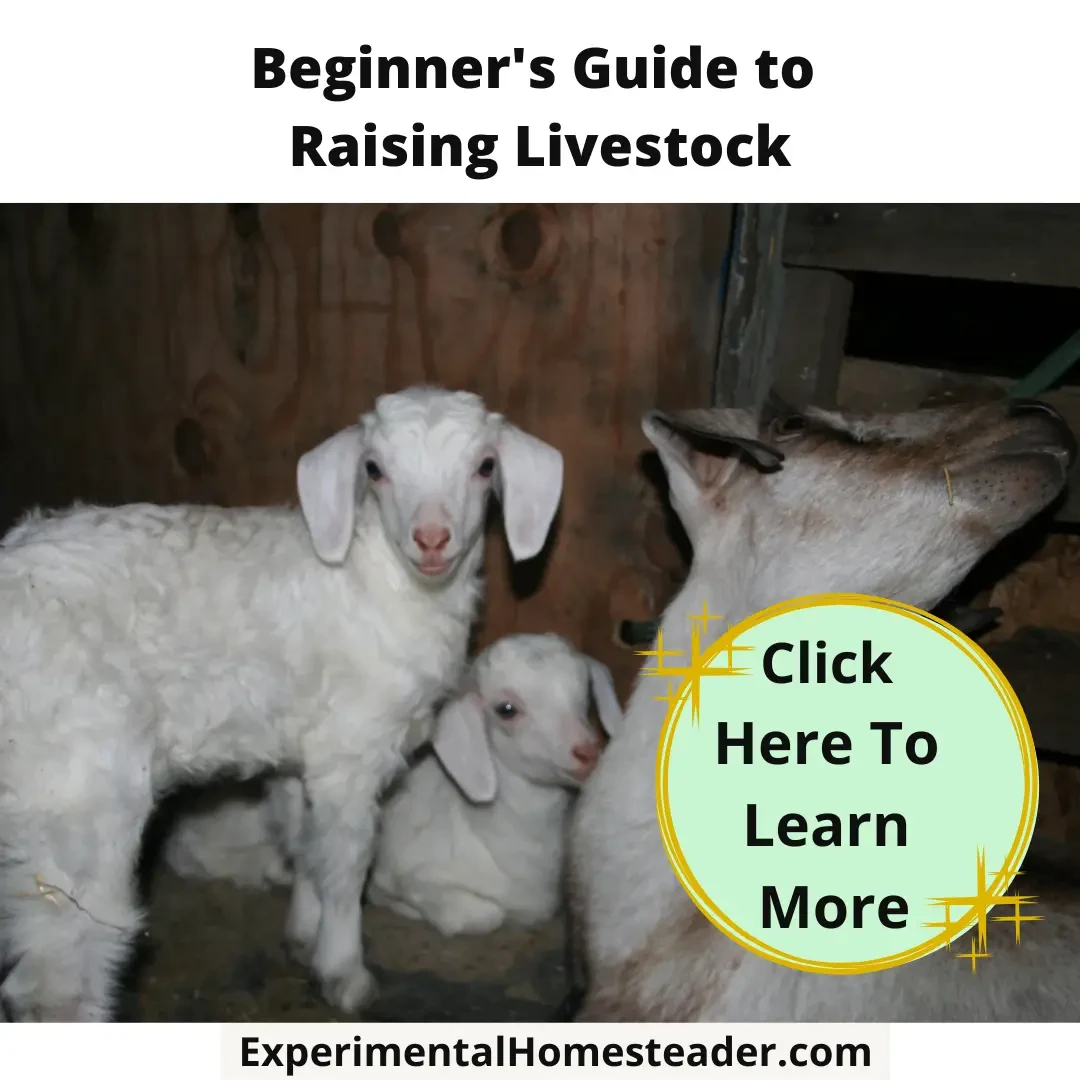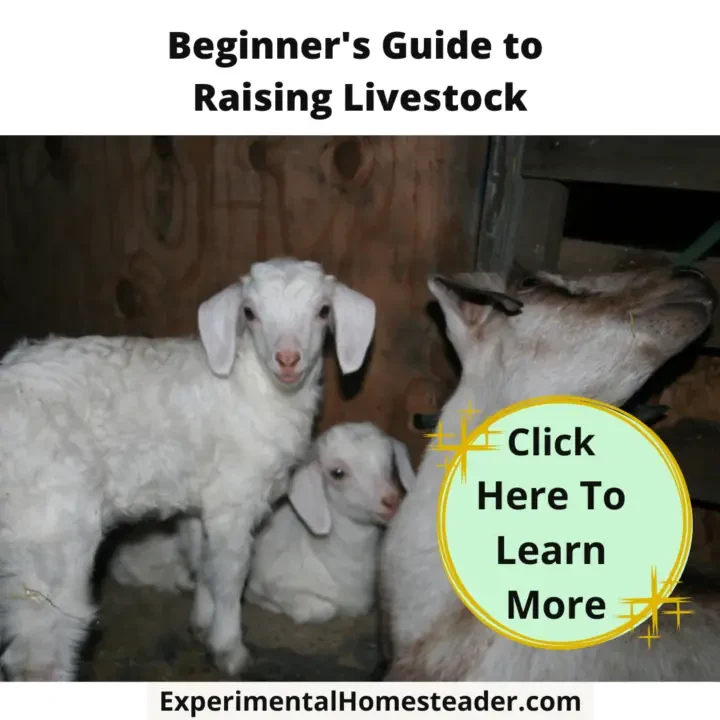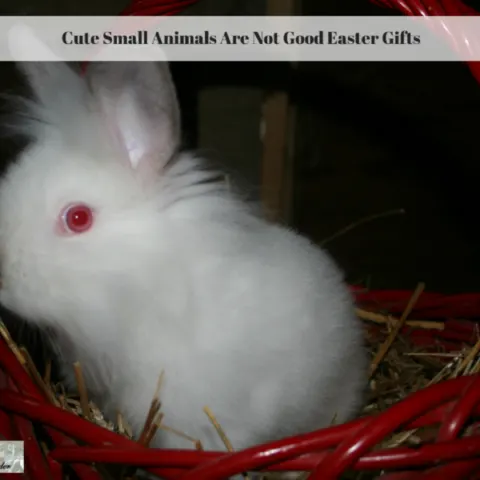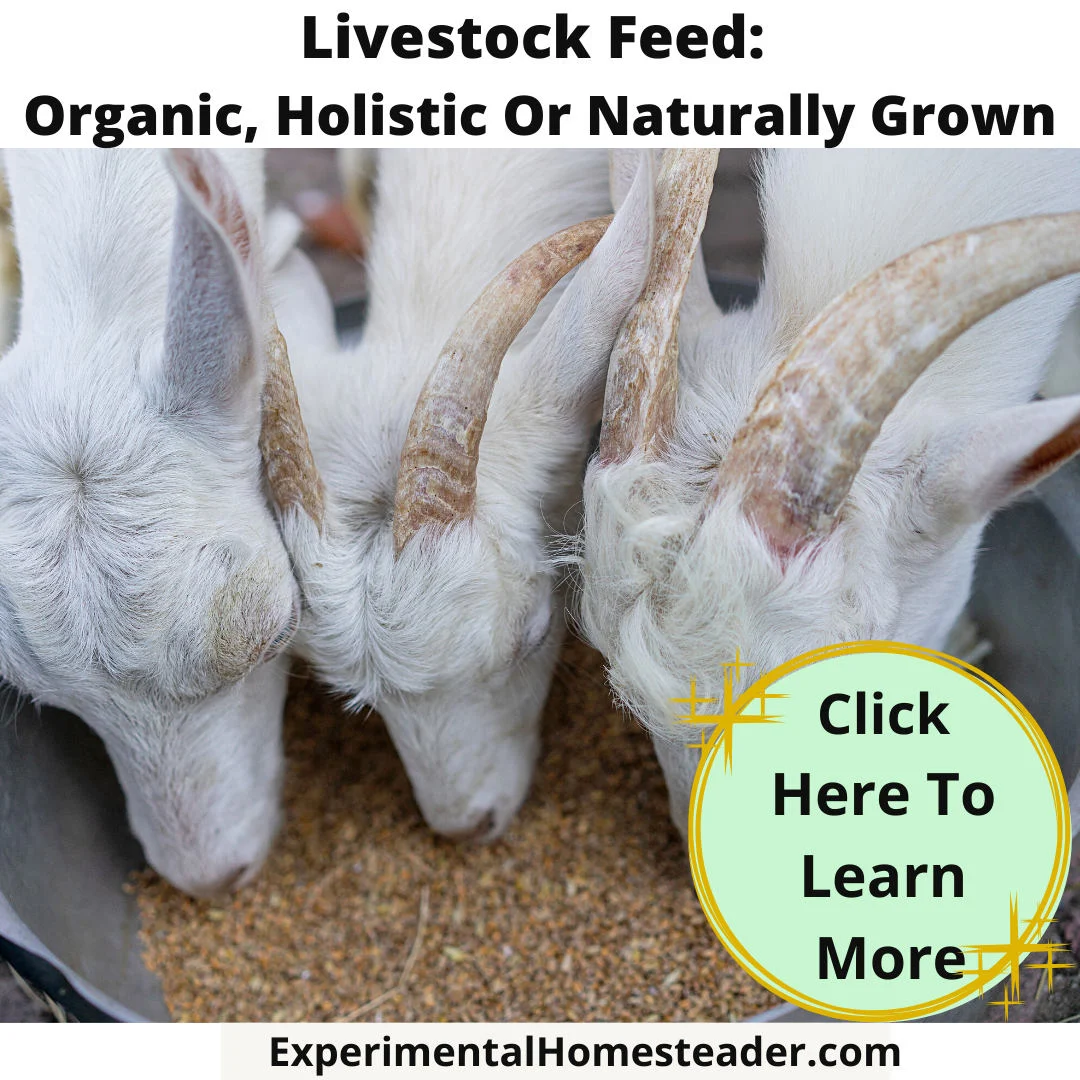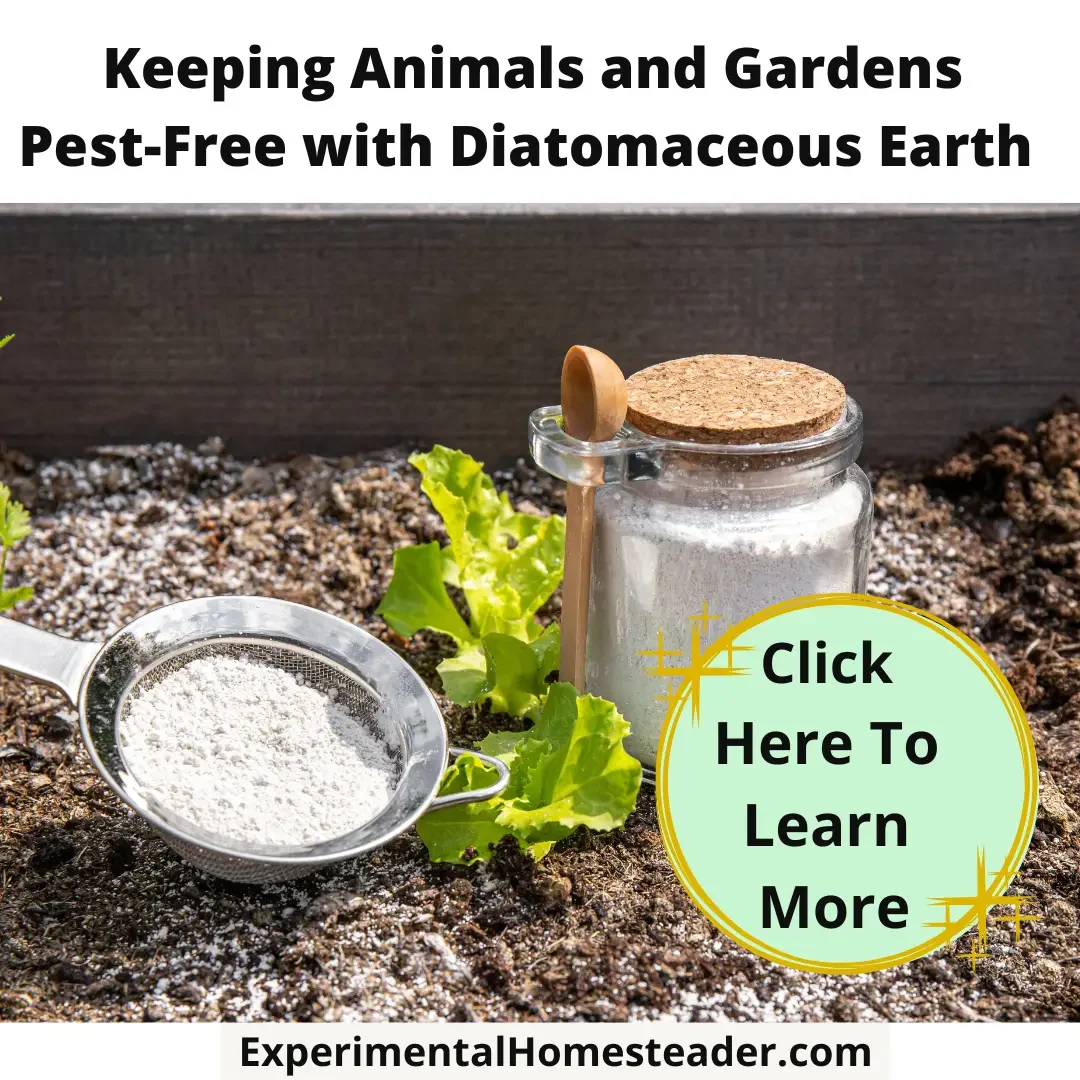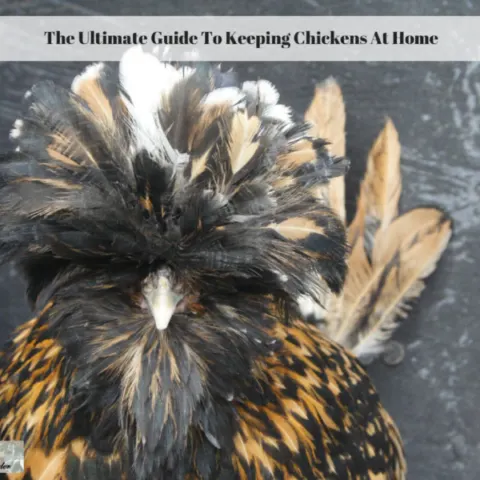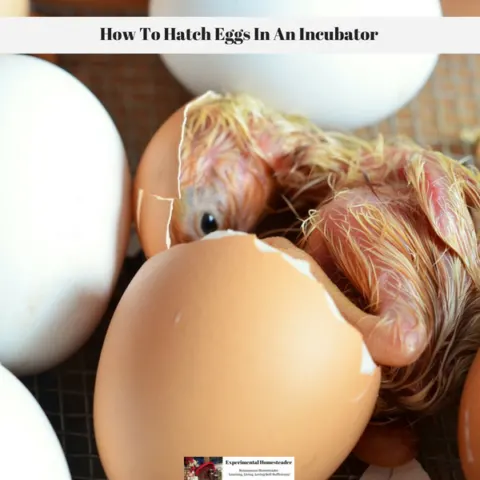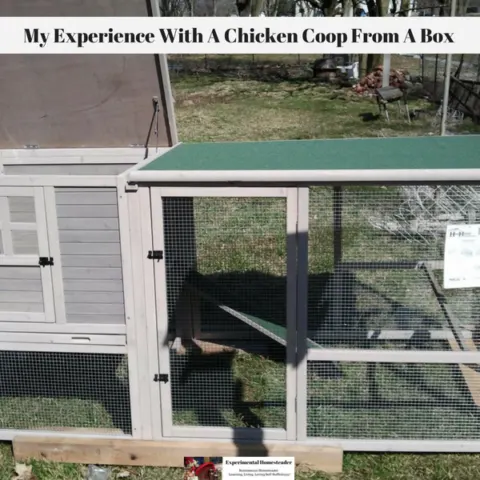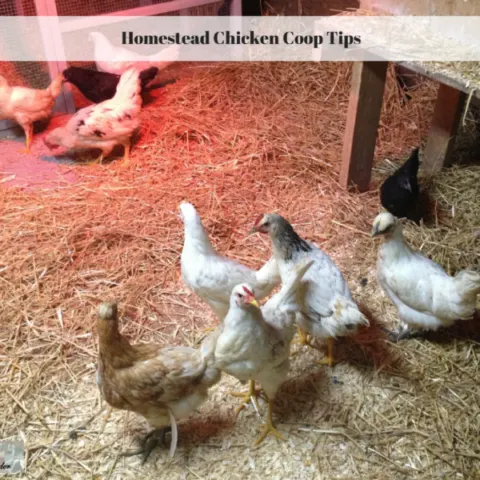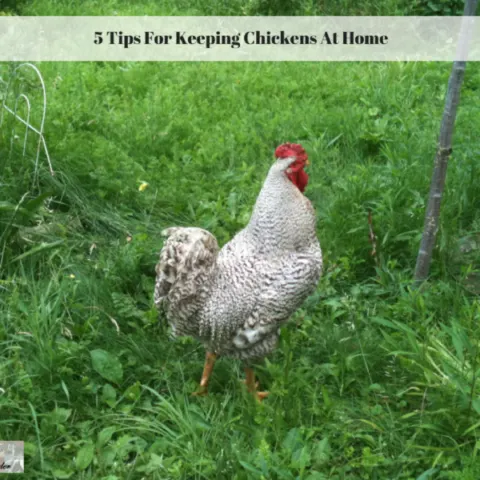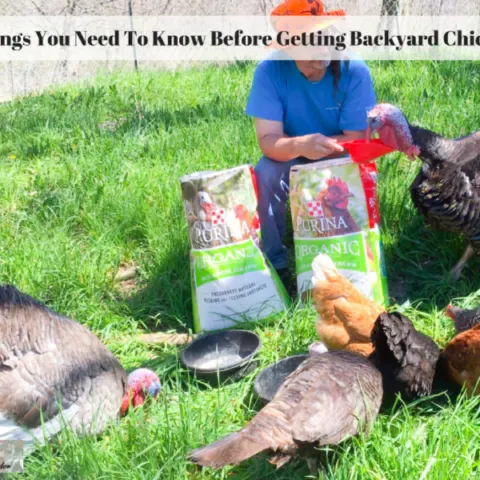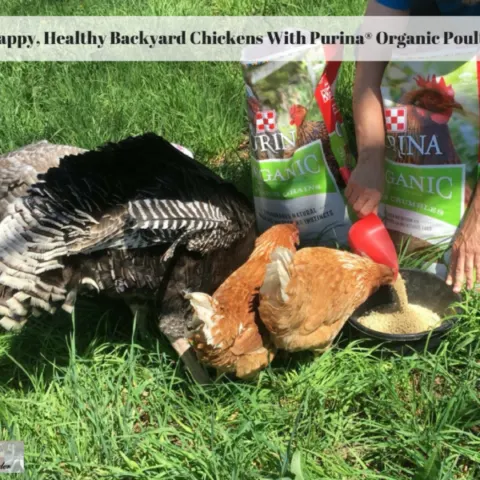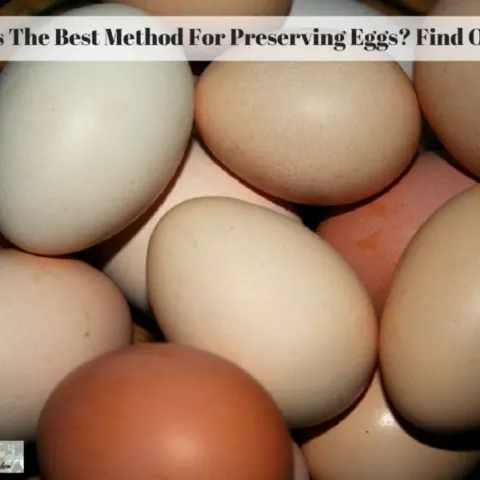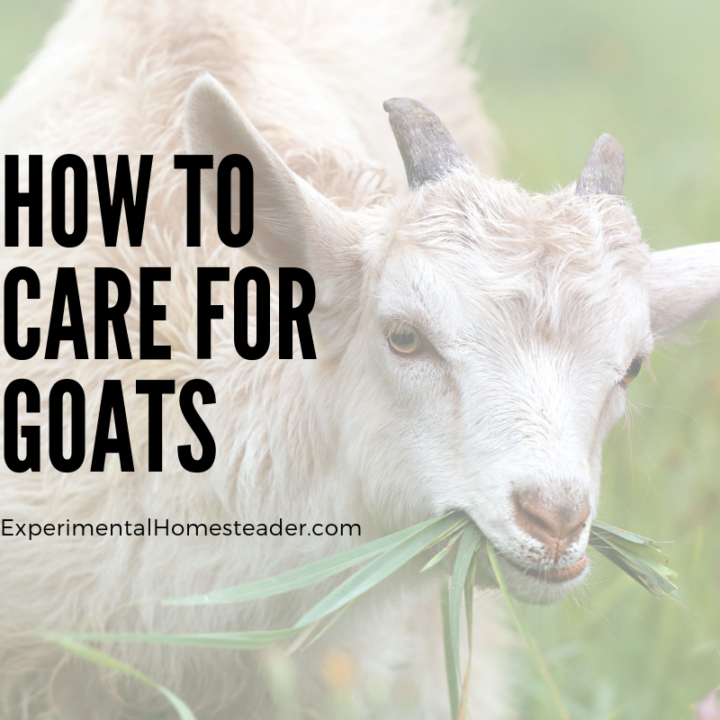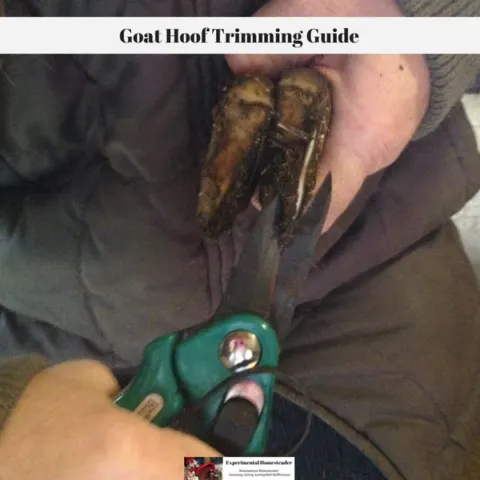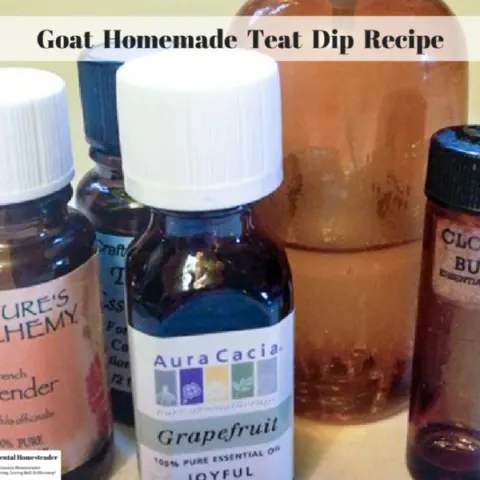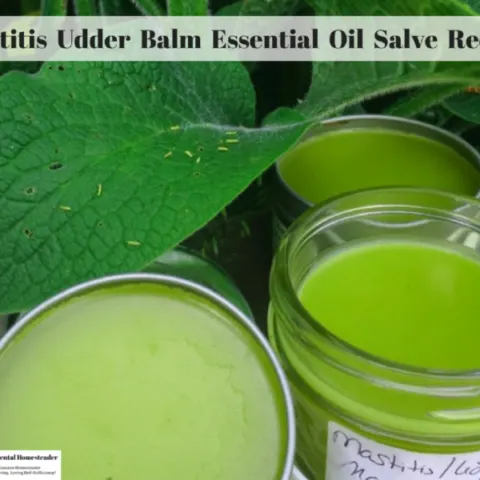Embarking on the journey of raising livestock is an enriching endeavor that can yield not only a sustainable source of food but also invaluable life lessons in responsibility, compassion, and the cycles of nature, which is why I wanted to share some insights in this beginners guide to raising livestock.
Choosing the right kind of livestock is pivotal; it requires thoughtful consideration of various factors, including available space, financial investment, and the intricacies of animal husbandry.
Whether it's the clucking of chickens, the gentle bleating of goats, or the contented grunts of pigs, ensuring you select animals that align with your aspirations and capabilities is the foundation of a successful farming operation.
With a focus on beginners, this guide aims to demystify the process, presenting clear and accessible information that paves the way for a fulfilling experience with livestock.
Raising Livestock for Beginners: Easiest Animals to Start Your Farming Journey
When diving into the world of raising livestock, the sheer breadth of choices can be overwhelming for beginners.
The key to a satisfying experience is starting simple.
Certain animals boast greater beginner-friendliness due to their care requirements, overall hardiness, and utility.
Here’s the lowdown on the best livestock animals for rookies aiming to crest the farming learning curve with success.
Chickens: The Gateway Livestock
Beginner-friendly?
Check.
Low-investment?
Check.
Fast rewards?
Absolutely.
Chickens are an excellent starting point for aspiring homesteaders.
These hardy birds can provide eggs, meat, and even pest control.
Start with a few layers of a docile breed like Buff Orpingtons or Plymouth Rocks.
Ensure they have a sturdy coop for protection, daily fresh water, and feed, and soon enough, you’ll be collecting eggs like a pro.
Goats: The Multipurpose Companion
Dreaming of dairy products or need a natural lawn mower?
Goats are versatile creatures known for their milk, their meat, and even fiber such as cashmere and angora.
Miniature breeds, such as Pygmy or Nigerian Dwarfs, are manageable due to their smaller statures.
Goats are social and curious, so providing a secure fence is crucial.
Alongside a varied diet and routine veterinary care, they'll need companionship, so consider getting at least two.
Sheep: Wool and Much More
Sheep may be a bit larger and require a bit more space, but they're still a strong option for beginners.
They're excellent for wool production, meat, and even dairy.
Breeds like the Shetland or Dorper are hardy and low-maintenance.
We raised Leicester Longwool Sheep, which were also hardy and low-maintenance because we wanted a heritage breed and also because they produce commercial grade wool.
They thrive on pasture, need minimal grooming, and with proper fencing, are relatively easy to manage.
Pigs: The Farmer’s Favorite
Want to dive into a little larger livestock?
Pigs are intelligent, grow quickly, and are perfect if you're interested in meat production.
Consider starting with just a pair of female feeder pigs to learn the ropes.
You’ll need a sturdy pen, plenty of food (they do enjoy their meals), and a bit of patience to get used to their characterful personalities.
As with any hobby, ease into it.
Learning about your new animals will take time, but it's part of the fun.
The trick is to not bite off more than you can chew, quite literally when it comes to farming.
Start with these beginner-friendly animals, and you'll build a solid foundation of skills that can grow alongside your burgeoning farm.
A few things I learned about pigs is a kiddie pool buried in ground is perfect for them to wallow in.
They love showers with a hose - and since they don't sweat this helps to keep them cool.
Shade is a must and if you allow your pig room to run, they will.
Setting Up Your Space
Preparing your property for raising livestock is a worthwhile endeavor that enriches your life and land.
Here's how to shape your homestead for a variety of animals so that they—and you—can thrive.
Cattle: Beefing Up Your Pasture
Cattle require ample space, a reliable water source, and robust fencing.
Start by securing the perimeter with sturdy, cattle-proof fencing; barbed wire or electric fences are commonly used.
Ensure access to clean water by either natural means like streams or ponds or through installed water systems.
Pasture management is essential.
Rotational grazing keeps the land healthy and the cattle fed without overgrazing.
A mixture of grasses and legumes in the pasture offers a balanced diet, but be prepared to supplement with hay during winter months.
Water Management for All Livestock
Adequate water is the backbone of any successful livestock operation.
Animals should have continual access to clean water, so consider installing automatic waterers that refill as needed.
While we do not have automatic waterers on our homestead, we do check troughs twice a day in the summer to make sure the animals have plenty of water.
Some days they definitely drink more than other days and you don't want empty troughs.
They do sell barley packets if you need to use those to help keep your troughs clean.
Protect natural water sources from contamination by limiting direct access and managing runoff properly.
Shelter and Bedding Basics
Shelter is necessary to protect animals from harsh weather.
Structures don't need to be elaborate during the warmer months - three-sided sheds can provide shelter from sun, wind, and rain.
However for winter, especially if you live in a cold climate, I highly recommend a draft-free barn that you can put the animals into and lock up at night.
We use a deep litter bedding method and lock the animals in the barn if extreme temperatures are forecast and so far have not had a problem other than the very top inch or so of the water trough freezing at night.
For bedding, straw is best because it helps to hold heat, however wood shavings underneath the straw work well to keep animals dry and comfortable.
Regular cleaning is key to preventing disease.
We also add Diatomaceous Earth to the floor and nest boxes to help prevent fly and pest infestations.
Additionally I use Sweet PDZ to help abosorb smells as well as herbs in the nest box.
Handling Facilities and Safety
For a smooth operation, handling facilities such as chutes, holding pens, and loading ramps are invaluable.
They facilitate medical treatment, breeding, and safe transport.
Always focus on safety for both handler and animals—design facilities to minimize stress and risk of injury.
Manure Management
Manure is inevitable, but it's also a valuable fertilizer.
Plan a system for collecting, storing, and spreading manure to enhance soil productivity.
Composting can reduce pathogens and make the manure more beneficial for the land.
The compost pile is another place I often use a slight sprinkling of Diatomaceous Earth just in case any flies try to lay their eggs there.
Once the larva hatches, as long as it comes into contact with the Diatomaceous Earth, it will kill them, however earthworms are not bothered by the product.
Biosecurity Measures
Protect your investment by implementing biosecurity measures.
Prevent disease spread by controlling access to your property, especially from other livestock operations.
Quarantine new animals before introducing them to your herd and keep vaccinations up-to-date.
We have a closed herd since our livestock does not leave the property.
Access to our barn is prohibited by anyone except us and our veterinarian.
This prevents the possibility of an outsider accidentally exposing our animals to something they picked up elsewhere from another animal.
Regular Veterinary Care
Establish a relationship with a livestock veterinarian - and find a veterinarian before you start getting livestock so you know you have one on call.
Regular health checks, preventative treatments, and prompt attention to illness or injury ensures the wellbeing of your animals and, ultimately, the success of your homestead.
While we do everything as naturally as possible on our homestead, I do still have our veterinarian do fecal checks and wellness checks.
We have also had some unexpected situations where having a veterinarian on call has been a true lifesaver.
Adhering to these steps will lay a solid foundation for a thriving, productive, and enjoyable livestock hobby.
Remember, start small, plan thoroughly, and your hard work will pay off with a lively and sustainable addition to your property.
Understanding Nutritional Needs Across Different Livestock
Diving into livestock health and nutrition can be as rewarding as it is vital.
With so many species munching in our pastures and barns, it’s essential to grasp that what works for one might not suit another.
Let's get into the specifics to keep our animals thriving.
Cattle: Perfecting the Ruminant Diet
Cattle are ruminants with a unique digestive system designed to break down complex plant materials.
A balanced bovine diet includes quality forage like grass, hay, or silage.
During the colder months or for higher production needs, consider adding grains to provide concentrated energy.
Also, a constant supply of clean water and free-choice minerals is non-negotiable for overall health and to aid digestion.
Equine Enthusiasts: Horse Health Highlights
Horses, on the other hand, are non-ruminant herbivores.
They do best with high-quality hay or pasture grass that meets their energy requirements.
Horses also love grain, but you can give them too much.
It is best to ask your veterinarian at the first checkup, which should be as soon as possible after you get your horse, how much grain they should get.
Until you can seek professional advice, offer the same amount of grain the previous owner was offering.
Be mindful of their sensitive digestive systems and avoid sudden diet changes.
Swine Savvy: Pig Perfect Nutrition
Swine nutrition hinges on stage of life.
Starter, grower, and finisher phases each require tailored feed strategies.
Generally, a diet rich in energy, protein, amino acids, vitamins, and minerals will cultivate healthy pigs.
Be alert to their rapid growth needs and adjust feeding regimens accordingly.
It is perfectly ok to supplement their diet with kitchen scraps, which they love, but make sure they get plenty of the appropriate feed for the stage of life they are in.
The Nut and Bolts of Nutrition
Across all species, it’s imperative to know the specifics of each animal’s dietary requirements.
For instance, some animals, like sheep, are sensitive to copper and require special attention to mineral mix ratios.
We offer kelp as a mineral to all of our livestock.
It has everything they need in it and plays a role in our natural parasite control plan.
Always have fresh, clean water available, regardless of species, as it’s a cornerstone of animal health.
Regular Health Checks and Parasite Management
Routine health checks are the backbone of preventative care. It’s crucial to keep a close eye on weight, coat condition, hoof integrity, and dental health.
Additionally, have a solid parasite management plan in place.
Work with a vet to establish vaccination schedules such as the CDT shot in goat kids and to deal with common ailments, such as worms, lice, and other pests that can wreak havoc on livestock health.
When it comes to livestock, there’s always more to learn, more to refine in the care and keeping of these varied and valuable animals.
Understanding the intricacies of each species’ nutritional and health needs is not just practical – it is a testament to the dedication and respect devoted to these creatures that play such a pivotal role in hobbyist lives and agricultural enterprises alike.
Nurturing Livestock and Cultivating Connection in Your Homesteading Journey
Raising livestock is a rewarding pursuit that extends beyond the daily chores into the realm of personal growth and connection with the natural world.
As you transition from novice to experienced farmer, the knowledge and skills you acquire will deepen your appreciation for these incredible animals and their contributions to our lives.
By understanding their needs for shelter, nourishment, and health care, you are not only ensuring their well-being but are also securing the sustainability and productivity of your farming practice.
May the insights shared here arm you with confidence as you embark on this adventure, fostering a deep bond with your animals and the land they inhabit.
Guide to Raising Livestock
Beginners Guide To Raising Livestock
Ready to start raising livestock on your homestead? Get the insights you need with this Beginner's Guide to Raising Livestock.
Cute Small Animals Are Not Good Easter Gifts
Cute small animals are often brought home as Easter gifts. Consider the animal welfare issues before doing this and remember cute small animals grow up.
Kelp Benefits
Kelp is a powerful weapon against parasites in animals. Learn more about its incredible nutritional and natural anti-parasitic properties.
Self Sustainable Living Ideas Using Animals
Animals are a great way to help you achieve your self sustainable living ideas. Learn what animals are best for your self sufficiency plan.
Diatomaceous Earth
Use Diatomaceous Earth to your homestead's & animals' advantage – a naturally composed, flea-repelling & pest-control preventive asset.
Raising Chickens
The Ultimate Guide To Keeping Chickens At Home
Keeping chickens at home is enjoyable. Learn what you need to know to start raising free range chickens in your own backyard.
How To Hatch Eggs In An Incubator
Hatching eggs in an incubator is a fun and educational experience. Learn step by step how to hatch eggs in an incubator in this article.
My Experience With A Chicken Coop From A Box
A pre-made chicken coop from a box is an easy way to setup a first time chicken coop, but it needs to be made secure to keep your chickens safe.
Homestead Chicken Coop Tips
Check out these basic chicken coop ideas to help you get your homestead chicken coop set up right the first time and keep your chickens safe.
Beginner's Guide to Raising Chickens for Eggs
Embark on the rewarding journey of raising chickens for fresh eggs! Discover various chicken breeds and create a safe haven for your flock.
5 Tips For Keeping Chickens At Home
Keeping chickens at home is very popular. It is a good idea to learn how to start raising chickens before you own baby chicks or full grown chickens.
6 Things You Need To Know Before Raising Backyard Chickens
Raising backyard chickens is enjoyable. Learn what you need to know about caring for chickens before you begin raising chickens in your backyard.
Raise Happy, Healthy Backyard Chickens With Purina® Organic Poultry Feed
Raising chickens in your backyard is fun plus you get fresh eggs. When it comes to feeding backyard chickens I believe organic feed is best.
Getting Started With Chickens
In this episode we'll explore advantages of raising chickens, problems that arise from raising chickens and how to keep your chickens healthy.
What Is The Best Method For Preserving Eggs? Find Out Now
Hatching eggs in an incubator is a fun and educational experience. Learn step by step how to hatch eggs in an incubator in this article.
Backyard Chicken Keeping Printable – Chicken Record Keeping Digital Download – Backyard Chickens Record Book
Introducing the Backyard Chicken Keeping Printable: Your Ultimate Companion for Effortless Chicken Raising!
Are you considering the exciting adventure of raising backyard chickens? Or perhaps you’re already a seasoned chicken keeper looking to enhance your flock management? Look no further! Our Backyard Chicken Keeping Printable is the essential tool you’ve been waiting for.
Raising Goats
Goat Hoof Trimming Guide
Goat hoof trimming is not as hard as it may sound and it necessary to learn how to do this if you are raising goats. This goat hoof trimming guide gives you all the information you need to get started trimming your goats hooves on your own.
Goat Homemade Teat Dip Recipe
This homemade teat dip for goats is easy to make. This particular teat dip solution contains essential oils and simple ingredients plus it does the job!
Mastitis Udder Balm Essential Oil Salve Recipe
It is essential to take care of your goats teats. I wanted something natural so I came up with this homemade balm essential oil salve recipe using comfrey.





